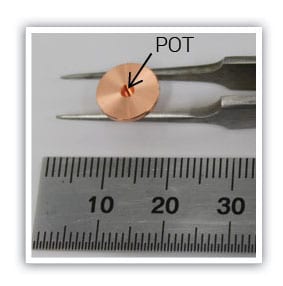Direct Analysis of Lubricating Oils
Background
Lubricating oils are composed of base oil and additives. In order to satisfy the high specific demands accompanying the development of machinery and automobiles, synthetic base oils and various additives are used. Generally, complicated pretreatment is necessary for lubricant analysis, extending the time and increasing the effort required to obtain results. If analysis without pretreatment is possible, it will be useful for research and development .In this application, direct analysis of automobile engine oil was carried out using ionRocket combined with DART®-MS without any pretreatment.
Sample
Automobile engine oil

Methods
Automobile engine oil (1μL) was put into the ionRocket sample pot. A temperature gradient heating
from room temperature to 600ºC was applied, the heating rate was 100ºC/min (total run time: 7 min.)
Results
The analysis results of automobile engine oil (heat map, horizontal axis: m/z, vertical axis: temperature) are shown in Fig. 1. Many high intensity compounds were detected at 300ºC and compounds with a repeating unit structure which seems to be a polymer were detected at 450ºC. Mass spectra at 300ºC and 450ºC are shown in Fig. 2. Additives in the automobile engine oil such as phenolic antioxidants, amine antioxidants, and salicylic acid detergent dispersants were detected, as well as the base oil.
By using this analytical method, additives and base oil in the automobile engine oil can be analyzed directly. Therefore the cost and time of research and development could be reduced. Moreover, this analysis method could be applied to evaluate the degree of degradation of lubricating oil. In our next analysis application, we will report on “Evaluation of the degradation degree of lubricating oil”.
 Figure 1. Heat map of the automobile engine oil (horizontal axis: m/z, vertical axis: temperature)
Figure 1. Heat map of the automobile engine oil (horizontal axis: m/z, vertical axis: temperature)

Figure 2. Mass spectra at 300°C and 450°C (upper : 300°Cº, lower : 450ºC°)
Target
Automobile Engine Oil / Base Oil Additives
